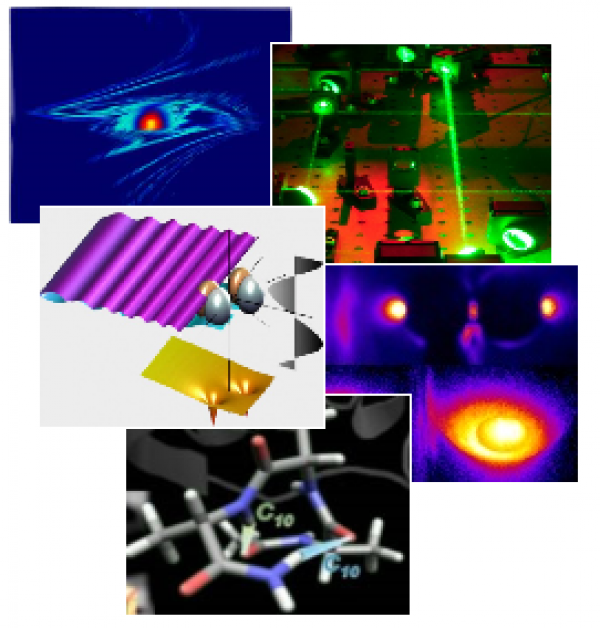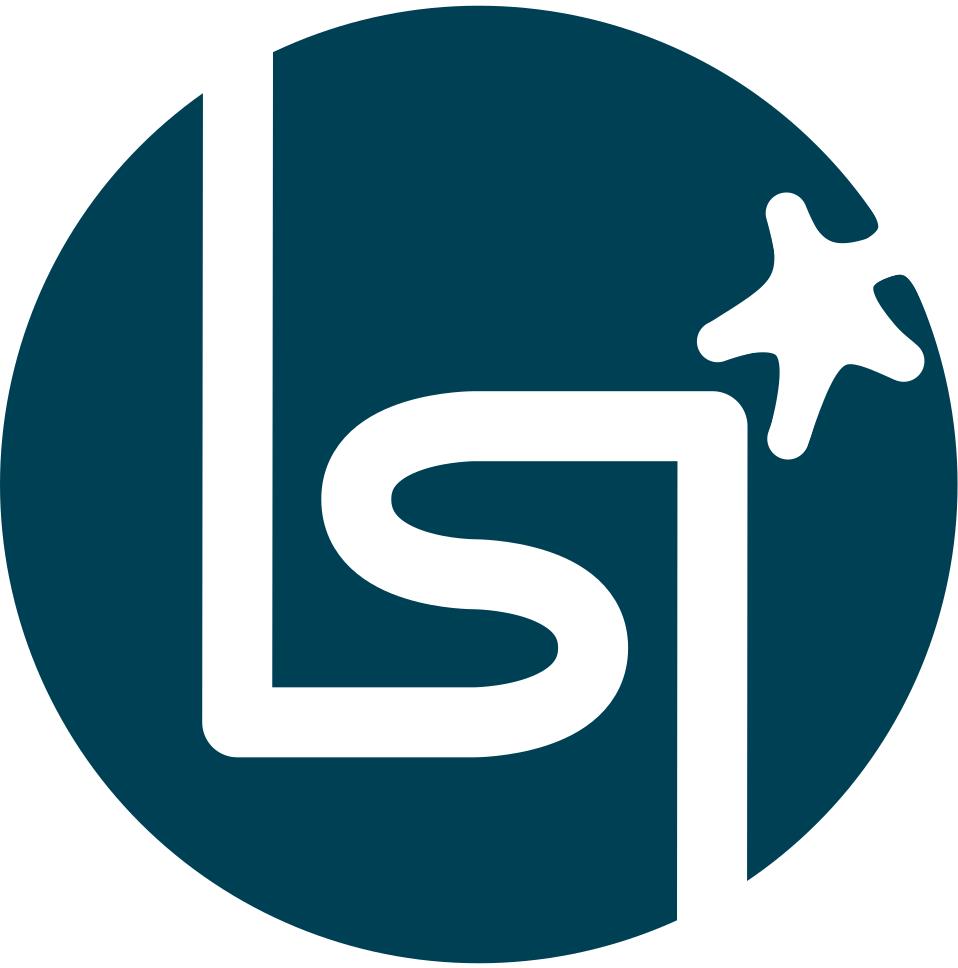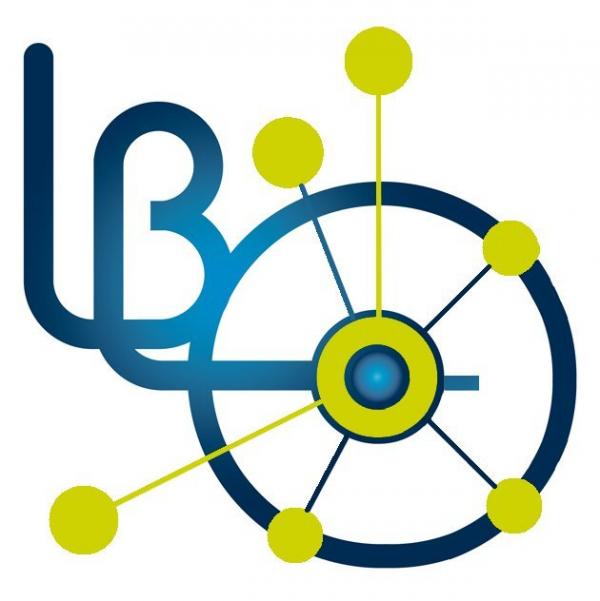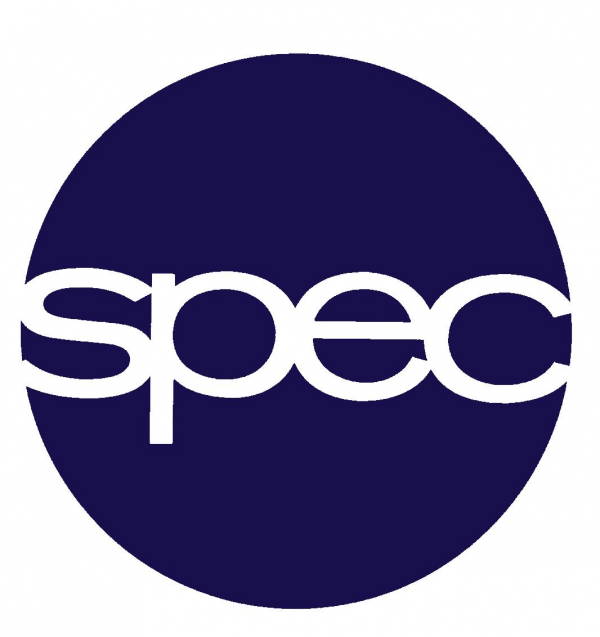The "Center of Research on Ions Materials and Photonics" (CIMAP) at GANIL (National Large Accelerator of Heavy Ions) is a division joining the former CIRIL and SIFCOM laboratories.
CIMAP is a joint Laboratory between CEA, CNRS, the Caen High Scool of Engineering (ENSICaen) and the Caen University.
Ion-matter interaction and materials for LASER applications are its main research programs.
The Laboratory Interactions, Dynamics and Lasers - LIDYL is a research unit associated with three organisms: CEA, CNRS within the Paris Saclay University. Its activities are focused on the fundamental processes involved in the interaction between radiation and matter.
The research projects range from attosecond electron dynamics in simple atomic and molecular systems to the reactivity of biomolecules on the millisecond time-scale, going through plasma studies.
The Laboratoire des Solides Irradiés (LSI) is a joint research unit of the CEA, the CNRS and the École Polytechnique since 2000. It is located on the École Polytechnique site (Palaiseau campus).
The laboratory conducts fundamental research activities in physics and physical chemistry of materials.
Its objective is to study the fundamental properties of the solid state and its interactions with electronic, ionic and photonic radiation. Radiation, whatever its nature, is used as a means of analyzing fundamental processes, but can also, for instance, induce structural modifications. The main goal is to understand the physical properties, functionalities, structure and shape of materials, to control their modifications and to drive the emergence of innovative devices, likely to meet the societal challenges for energy and the environment.
To achieve this, the laboratory has developed multidisciplinary activities based on numerous complementary analytical techniques as well as theoretical and numerical approaches. The scientific work is organized around 3 main themes:
The Leon Brillouin Laboratory (LLB) is located around the Orpheus nuclear reactor in the CEA-Saclay Centre. It is a joint national Laboratory between CNRS (French National Center for Scientific Research) and CEA (French Atomic Energy Commission). Its research programs are:
- Use of neutron diffraction and spectroscopy for basic and applied research.
- Maintain and develop the neutron spectrometers around the reactor
- Assistance to experimentalists performing studies with neutrons at LLB.
- Basic research program on matter, materials, magnetism ...
Welcome to the SPEC website
We are the Condensed Matter Physics laboratory of IRAMIS (Saclay Institute for Radiation and Matter), a part of the French National Atomic Energy Commission (CEA) in Saclay, France.
SPEC is "Unité Mixte de Recherche" with the CNRS : UMR 3680.
At SPEC, we strive to be at the forefront of fundamental Condensed Matter Physics Research. Our research interests encompass a wide variety of subject matters ranging from nano- to macro-scopic scales and from the most fundamental aspects of science to applications, patents and technology transfer. SPEC is involved in many collaborations, within the CEA and at the national and international levels.
Director: Patrice Roche
Deputy Directors: Céline Fiorini and Myriam Pannetier-Lecoeur
NIMBE (Nanoscience and Innovation for Materials, Biomedecine and Energy) is a CEA-CNRS joint research unit (UMR 3685), whose activity is oriented towards the design, processing and analysis of matter from micron scale to nanoscale, as well as the understanding of the physicochemical mechanisms and their synergies, over these scales.
All these approaches are applied primarily to address major societal challenges like (nano) materials for sustainable energy management, information processing, environment, biomedical diagnostics, historical heritage...
A hundred permanent researchers and technicians depend on the NIMBE, which relies on 7 laboratories, all members of a Labex:
- Laboratoire Archéomatériaux et prévision de l’altération (LAPA, commun avec l'IRAMAT UMR5060; Labex PATRIMA et PALM)
- Laboratoire de Chimie Moléculaire et Catalyse pour l'Energie (LCMCE; Labex CHARMMMAT)
- Laboratoire d’Etude des Eléments légers (LEEL; PALM)
- Laboratoire Interdisciplinaire sur l’Organisation Nanométrique et Supramoléculaire (LIONS; NanoSaclay)
- Laboratoire Innovation en Chimie de Surface et Nanosciences (LICSEN; NanoSaclay)
- Laboratoire Edifices Nanométriques (LEDNA; NanoSaclay)
- Laboratoire de Structure et Dynamique par Résonance Magnétique (LSDRM; PALM)
The unit is one of the funding members of the "Fédération de chimie physique du Plateau de Saclay" (FR3510 CNRS).
Its main activity areas are:
- Synthesis of nano-objects and nanostructured materials, processing, (nano) characterization and simulation: with carbon nanotubes and imogolite, CVD nanoparticles and colloidal semiconductor porous oxides, block copolymers ...; nucleation mechanisms, dynamics and reactivity in nanosystems; interfaces and confined fluids; studies of light elements in materials for energy; relativistic effects and integral equations.
- Nanochemistry for electronics: Co-integration; soft lithography; molecular electronics; printed flexible electronics; innovative chemical architectures.
- Nanochemistry for health, environment and historical heritage: Sensors and biosensors; NMR imaging of biological interactions, including biosensors by using hyperpolarized gases; peptide self-assembly; vectorization of drugs; interactions between life and environmental toxicity, ecotoxicity; archaeometry, historical heritage.
- Nanochemistry for sustainable energy management: electrochemical storage (accumulators); Chemical storage (H2, CO2); chemical-electrical conversion (Fuel Cells); Light-electricity conversion (photovoltaic); recycling and durability of materials; nanochemistry and other energy systems.
- Instrumentation and Modelisation in nanosciences: Portable NMR; Ultrasensitive NMR spin noise; detecting nanoparticles by mass spectrometry ...
Presentation of the Division "Nanosciences and Innovation for Materials, Biomedicine and Energy ".

















